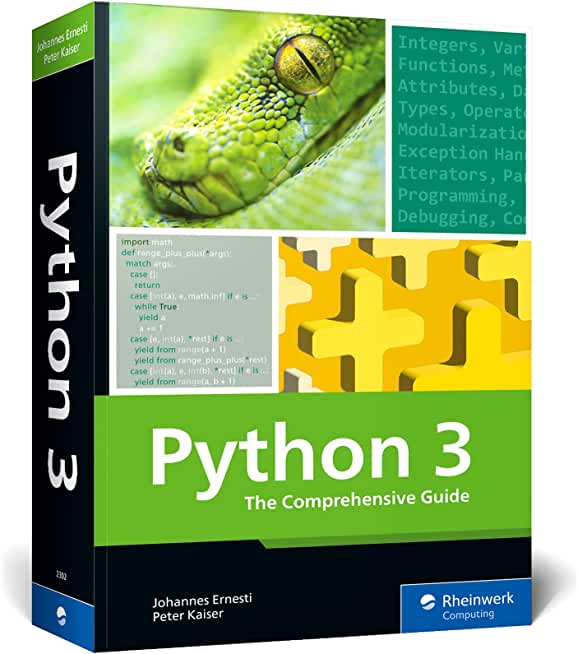Spring Framework Security Training in Corpus Christi
|
We offer private customized training for groups of 3 or more attendees.
|
||
Course Description |
||
| This in-depth course introduces the Java web developer to the Spring
Security framework. We start with an overview and practical exercises in
basic usage: XML configuration for authentication and URL-based
authorization. Then we start to dig into Spring Security as a Java
model, and develop advanced techniques including custom user realms,
custom authorization constraints, method-based authorization, and
instance-based authorization. We then explore two increasingly popular
extensions to Spring Security. We consider the Security Assertions
Markup Language, or SAML, and the wide range of identity and security
features it offers -- but quickly focus on it's support for single
sign-on (SSO), and learn how the Spring Security SAML Extension enables
applications to interact with SAML identity providers to implement SSO
and single logout. And we look at OAuth for Spring Security, which
enables third-party authorization scenarios, and learn how to implement
both the server and client sides of the OAuth 2.0 flow.
Course Length: 3 Days
Course Tuition: $1090 (US) |
||
Prerequisites |
|
| Java, in particular Servlet, programming experience is essential. | |
Course Outline |
Chapter 1. Secure Web Applications
Chapter 2. Authentication and Authorization
Chapter 3. Secure Application Design
Chapter 4. HTTPS and Certificates
Chapter 5. Application-Level Cryptography
Chapter 6. Secure Development Practices
Appendix A. Learning Resources |
Course Directory [training on all levels]
- .NET Classes
- Agile/Scrum Classes
- AI Classes
- Ajax Classes
- Android and iPhone Programming Classes
- Blaze Advisor Classes
- C Programming Classes
- C# Programming Classes
- C++ Programming Classes
- Cisco Classes
- Cloud Classes
- CompTIA Classes
- Crystal Reports Classes
- Design Patterns Classes
- DevOps Classes
- Foundations of Web Design & Web Authoring Classes
- Git, Jira, Wicket, Gradle, Tableau Classes
- IBM Classes
- Java Programming Classes
- JBoss Administration Classes
- JUnit, TDD, CPTC, Web Penetration Classes
- Linux Unix Classes
- Machine Learning Classes
- Microsoft Classes
- Microsoft Development Classes
- Microsoft SQL Server Classes
- Microsoft Team Foundation Server Classes
- Microsoft Windows Server Classes
- Oracle, MySQL, Cassandra, Hadoop Database Classes
- Perl Programming Classes
- Python Programming Classes
- Ruby Programming Classes
- Security Classes
- SharePoint Classes
- SOA Classes
- Tcl, Awk, Bash, Shell Classes
- UML Classes
- VMWare Classes
- Web Development Classes
- Web Services Classes
- Weblogic Administration Classes
- XML Classes
- RED HAT ENTERPRISE LINUX SYSTEMS ADMIN I
3 November, 2025 - 7 November, 2025 - Object-Oriented Programming in C# Rev. 6.1
17 November, 2025 - 21 November, 2025 - Object Oriented Analysis and Design Using UML
20 October, 2025 - 24 October, 2025 - RED HAT ENTERPRISE LINUX SYSTEMS ADMIN II
8 December, 2025 - 11 December, 2025 - ASP.NET Core MVC (VS2022)
6 October, 2025 - 7 October, 2025 - See our complete public course listing
Java Programming Uses & Stats
|
Difficulty
|
Popularity
|
Year Created 1995 |
|
Pros
Most Commonly Used:
Great Career Choice:
Android Apps Development:
It Can Run On Any Platform:
Great Supporting IDE's: |
Cons
Uses a Lot of Memory:
Difficulty in Learning:
Slow Start Up Times:
Verbose and Complex Code:
Commercial License Cost: |
| Java Programming Job Market |

Average Salary
|

Job Count
|

Top Job Locations
New York City |
|
Complimentary Skills to have along with Java Programming
- If you are an experienced Java developer, learning a complimentary language to Java should come much more naturally. As an example JetBrains recently created the Kotlin programming language which is officially supported by Google for mobile development. Kotlin compiles to Java bytecode and runs on the JVM; it's purported to address many of Java's shortcomings... |






